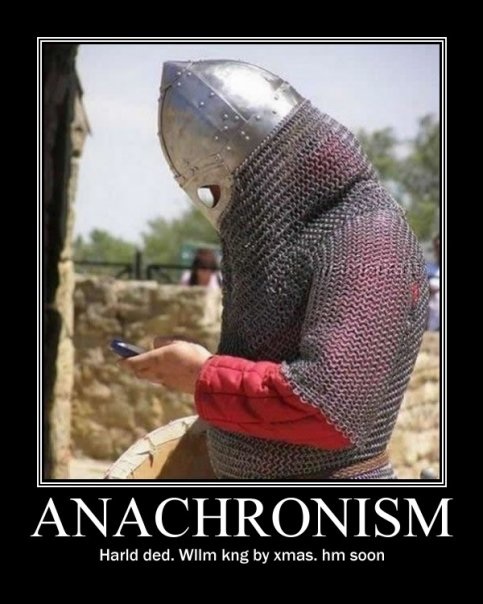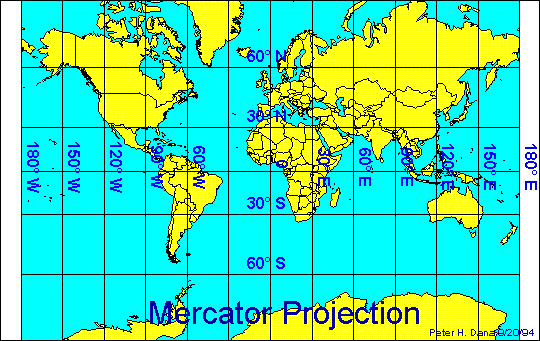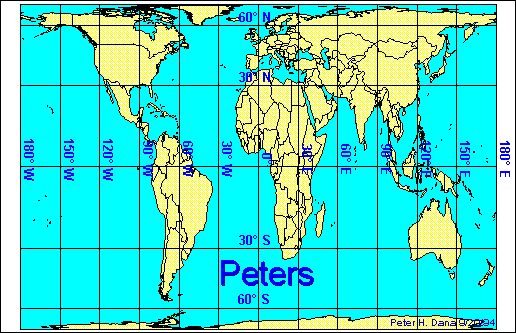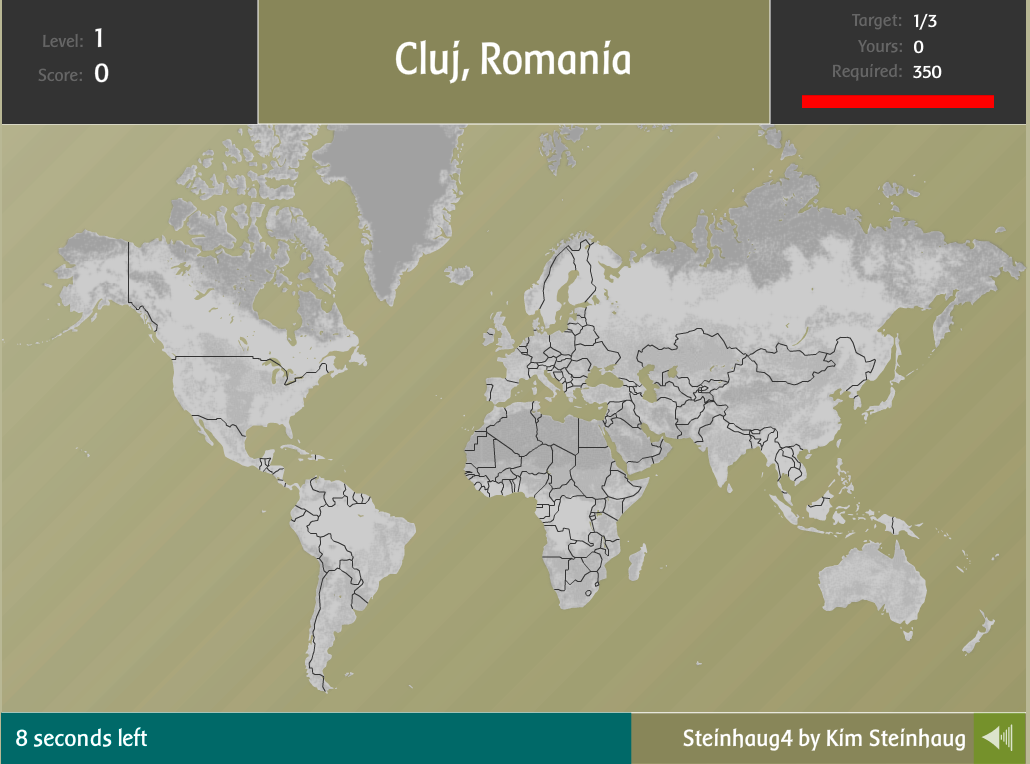The Individuals and Societies Toolbox
First Day Activity
Visit this page and answer the prompt, "Individuals and Societies is the study of.........." in 20 characters or less.
What is history?
As we begin this unit we will consider the following questions;
Students over the space of approximately three to four weeks will then embark upon learning about the "when", the "what"and the "who" of history through a variety of activities.
- Which events, people or places from the past have you learnt about?
(You could create a spider diagram showing some of the interesting things you and your class-mates have learnt about). - Why do you think your teachers thought it was important that you study History?
- Why is History considered important? (Note down some suggestions you or your class-mates come up with in answer to this question).
Students over the space of approximately three to four weeks will then embark upon learning about the "when", the "what"and the "who" of history through a variety of activities.
The "When": Chronology and Anachronisms
In class we will practice these skills through looking at a real historical event, students will have to put the events into their correct chronological order to make some initial speculations about what has happened. Through doing this they learn about the importance of chronology and understand the meaning of anachronism. Additionally, each student will produce a timeline of their life and then a timeline of world events covering the same period.
Can you spot the anachronisms in the picture and videos below?
Can you spot the anachronisms in the picture and videos below?
Source Analysis: OPCVL
Analyzing sources is a key part of being a Social Studies student. Sources can include things like: video, newspaper reports, pictures, cartoons, books, speeches, magazines, radio broadcasts and websites. As a student you job is to be able to identify where the source came from, why it was written / produced and who was the intended audience. Once you have done that you can start looking at how valuable or limited that source may be for the topic you are studying.
We will begin studying source analysis by looking at the growing problem of plastic pollution in the oceans.
We will begin studying source analysis by looking at the growing problem of plastic pollution in the oceans.
The "What" of History: Sources, deductions and speculations
The students now build on their our studies by acting as detectives to solve a real life murder. Students will be presented firstly with a photograph of the scene and they are encouraged to distinguish what they now know for a fact, what they can deduce, and what they speculate. They then move on to examine, compare and contrast two written sources. Finally, the teacher reveals the name of the person whose body was found on the balcony, plays an extract from one of his speeches, and encourages students to find out answers to some of the key questions raised by the sources (Why was he killed? Why was the murderer never put on trial? Why were the witnesses never interviewed by police...?)
Students will feel comfortable in being able to:
Students will feel comfortable in being able to:
- Understand the difference between Primary and Secondary sources.
- Interpreting the message of the source.
- Questioning the purpose of the source.
- Evaluating what makes the source useful.
- Analyzing how reliable the source is.
The "Who" of History: Debating historical figures influence on the world
For this activity in assessing the impact of an historical figure on world history a balloon debate will be conducted after the students have conducted research. During the research process students will be taught about and required to use MLA format. A balloon debate is a debate in which a number of speakers attempt to win the approval of an audience. The audience is invited to imagine that the speakers are flying in a hot-air balloon which is sinking and that someone must be thrown out if everyone is not to die. The students can choose famous scientists, explorers, politicians, generals, entertainers, authors or sportsmen and women. Key to the students research will be showing an understanding of the historical context in which their famous person was living and how their innovation influenced the world.
Why we all need to learn geography?
Lets get started........
Watch the Animaniacs YouTube video beneath.
i. Who do you think learnt Geography like this?
ii. With a partner or individually write a paragraph to describe what Geography means to you - use the videos as inspiration.
i. Who do you think learnt Geography like this?
ii. With a partner or individually write a paragraph to describe what Geography means to you - use the videos as inspiration.
|
|
|
OPCVL Assignment
Physical, Human and Environmental Geography
Geography can be divided into three branches; physical geography, human geography and environmental geography.
- Physical geography studies WHAT THE PLANET IS LIKE: the physical features and environments of the Earth. For example, volcanoes, earthquakes, climate and rivers.
- Human geography is the study of HOW AND WHERE WE LIVE: how do humans interact with and have an impact on each other and the Earth.
- Environmental Geography is the study of how we affect our surroundings. The impact man has on the environment. The environment may be improved or destroyed.
The Longitude and Latitude Song Kareoke |
Understanding Longitude and Latitude |
|
|
|
Which hemisphere am I in?
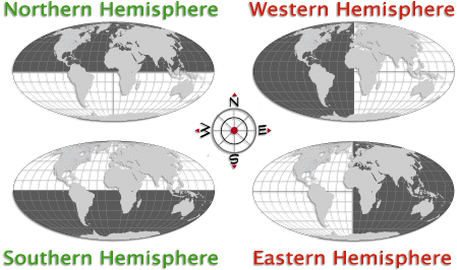
The word hemisphere basically means half of a sphere.
Any place above the equator is in the Northern Hemisphere. Any place below the equator is in the Southern Hemisphere. The United States, on the continent of North America, is located in the Northern Hemisphere. In addition, any place to the right of the prime meridian is in the Eastern Hemisphere. Any place to the left of the prime meridian is in the Western Hemisphere.
If we travel south to the continent of South America, we stay in the Western Hemisphere. Notice that the equator runs through South America. Therefore, South America is located in both the Northern and Southern Hemispheres, making the continent a part of three different hemispheres.
Even further south, across the Southern Ocean, lies the continent of Antarctica. Antarctica is also a part of three hemispheres. Antarctica is located entirely in the Southern Hemisphere, but the Prime Meridian runs through the continent. Therefore, Antarctica is also located in the Eastern and Western Hemispheres.
So although it might seem easy to say that Japan is located in the North Eastern Hemisphere, this is misleading as the word hemisphere means half a sphere. Therefore it is better to say that Japan is located in the Eastern and Northern Hemispheres. Some people will often say that it is located in the North-East Quadrant but is not advisable to use this term when test taking.
Any place above the equator is in the Northern Hemisphere. Any place below the equator is in the Southern Hemisphere. The United States, on the continent of North America, is located in the Northern Hemisphere. In addition, any place to the right of the prime meridian is in the Eastern Hemisphere. Any place to the left of the prime meridian is in the Western Hemisphere.
If we travel south to the continent of South America, we stay in the Western Hemisphere. Notice that the equator runs through South America. Therefore, South America is located in both the Northern and Southern Hemispheres, making the continent a part of three different hemispheres.
Even further south, across the Southern Ocean, lies the continent of Antarctica. Antarctica is also a part of three hemispheres. Antarctica is located entirely in the Southern Hemisphere, but the Prime Meridian runs through the continent. Therefore, Antarctica is also located in the Eastern and Western Hemispheres.
So although it might seem easy to say that Japan is located in the North Eastern Hemisphere, this is misleading as the word hemisphere means half a sphere. Therefore it is better to say that Japan is located in the Eastern and Northern Hemispheres. Some people will often say that it is located in the North-East Quadrant but is not advisable to use this term when test taking.
Can we trust maps?
Map Projections
- What is the advantage of a flat map over a globe
- What is the advantage of a globe over a flat map?
- What happens to the shapes of the land masses when the globe is flattened into this map?
- Is there more land on the surface of our world, or more water?
- Were any features missed out or chopped off when the globe became a map?
Assessment: Can we trust maps ?
|
|
|
